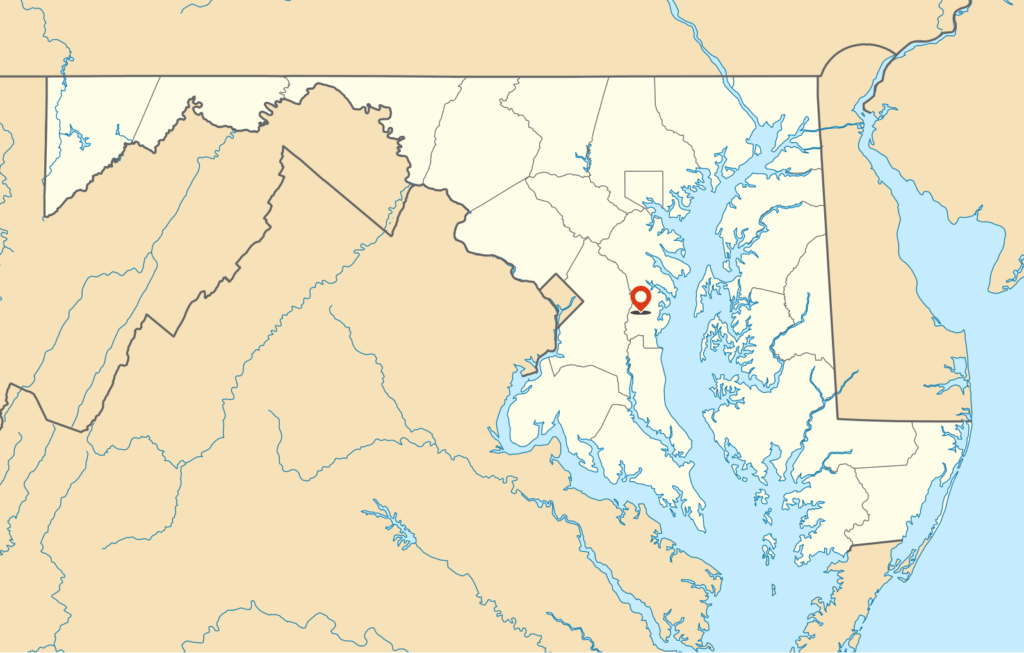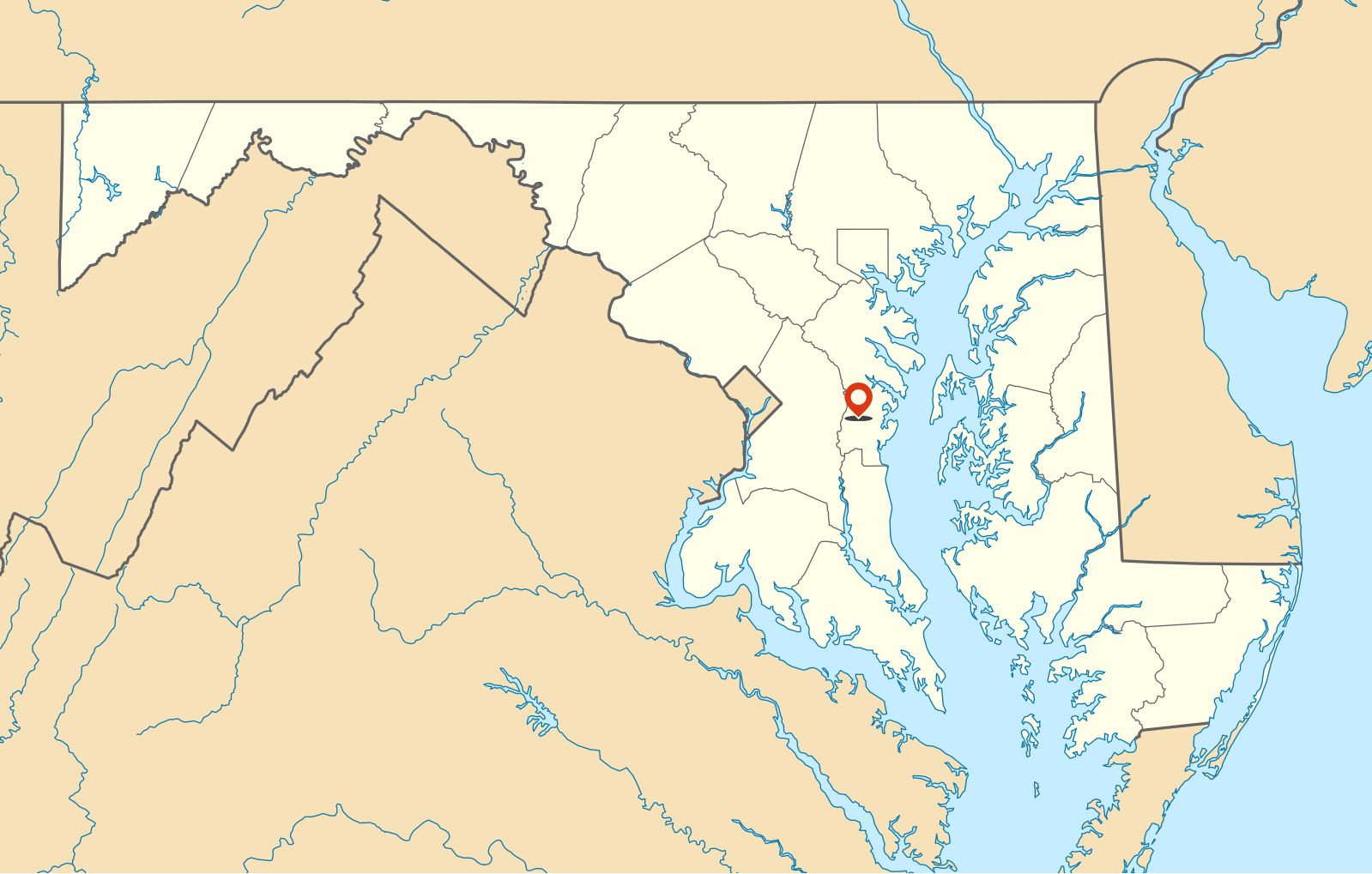Davidsonville, MD: From Colonial Farms to a Modern Suburban Community
Introduction: Why Davidsonville’s History Matters
Davidsonville, Maryland, may appear today as a quiet suburban community, but its roots stretch back nearly 350 years. Located in Anne Arundel County, just miles from Annapolis and within commuting distance of Washington, D.C., Davidsonville blends rural charm with suburban living. Its story is one of agriculture, crossroads commerce, and carefully managed growth — all of which make Davidsonville one of the most unique places in Maryland.
Colonial Maryland and the Birth of Davidsonville
The history of Davidsonville begins in the mid-17th century, when settlers began farming along the South and Severn Rivers. By the early 1700s, tobacco farming had become the lifeblood of the region. The fertile soil around present-day Davidsonville supported large plantations, many worked by enslaved Africans.
The Davidson family, who settled in the early 1700s, left an indelible mark. Their farms, political influence, and community involvement gave rise to the area’s name. By the early 1800s, Davidsonville had become a recognized community, anchored by farmland and small crossroads businesses.
19th-Century Davidsonville: A Crossroads Community
By the 1850s, Davidsonville developed into a modest but vital crossroads town. The intersection of Central Avenue (Maryland Route 214) and Davidsonville Road (Maryland Route 424) became the hub of commerce, connecting farms to Annapolis, Baltimore, and Upper Marlboro.
The Davidsonville Store, post office, and local taverns served as gathering spots for residents. Churches such as All Hallows Episcopal (founded in the 1690s) and Davidsonville United Methodist (built in 1856) provided spiritual anchors.
Although not a Civil War battleground, Davidsonville families were deeply divided, reflecting Maryland’s split loyalties as a border state.
Post-Civil War Changes in Agriculture
With slavery abolished in Maryland in 1864, agriculture shifted dramatically. Tenant farming and sharecropping became common, and many families diversified crops to include corn, wheat, and livestock.
By 1870, Davidsonville’s population was fewer than 400 residents, with farms ranging from 50 to 200 acres. Life revolved around agriculture and church-centered community events.
Early 20th Century: Davidsonville Enters the Modern Era
The turn of the 20th century brought slow but steady modernization. Electricity reached the community in the 1920s, followed by telephone service. By 1910, Davidsonville had grown to nearly 600 residents, and automobiles began replacing horse-drawn wagons on Central Avenue.
The Great Depression devastated farmers in the 1930s, causing many to pivot from tobacco to dairy and other crops. By 1940, the population was still modest, at around 800 residents, but Davidsonville was positioned for postwar transformation.
Suburbanization After World War II
The decades after World War II reshaped Davidsonville more than any other period. With new highways like U.S. Route 50 and Interstate 97 nearby, the town became a desirable location for commuters.
- 1950 population: ~1,200
- 1970 population: ~2,400
- Today’s population: ~8,000
Unlike many towns, however, Davidsonville resisted large-scale commercial development. Strict zoning laws limited dense housing and shopping centers, allowing the community to preserve its rural character.

Davidsonville Today: Demographics and Community Life
Modern Davidsonville is a unique blend of history and affluence. According to county estimates:
- Population: ~8,000
- Median household income: Over $160,000
- Median home value: ~$700,000
- Preserved land: Over 1,000 acres in agricultural or conservation easements
Neighborhoods feature one- to five-acre lots, giving Davidsonville a semi-rural feel despite its proximity to Annapolis, Baltimore, and Washington. Community life revolves around Davidsonville Elementary School, local churches, horse farms, and parks.
Preserving Davidsonville’s Historic Identity
Davidsonville’s Historic District preserves 19th-century structures near the crossroads of Central Avenue and Davidsonville Road. The Davidsonville Store still stands, while All Hallows Episcopal and Davidsonville United Methodist remain active places of worship.
Conservation efforts have safeguarded farmland and green space, ensuring that the rural charm endures. For residents, this balance of preservation and progress defines the community’s identity.
Conclusion: A Legacy of Balance and Preservation
From its colonial-era tobacco farms to its role as a 19th-century crossroads town, and its transformation into a 21st-century suburban enclave, Davidsonville’s history reflects the broader story of Maryland.
It is a place where history lives on in open fields, historic churches, and the names of families that settled here centuries ago. Davidsonville has grown, but never at the expense of its roots — a rarity in fast-changing Anne Arundel County.
For anyone looking to understand the history of Maryland beyond its cities, the story of Davidsonville offers a window into how communities adapt while preserving what matters most.
As a home remodeling company with it’s roots in and around the Davidsonville area, we’ve done all kinds of home renovations. Whether it’s updating a kitchen, making a bathroom ADA compliant, or completing a new home addition to expand space in one’s home, we’ve done it all and we’re ready to serve you.

